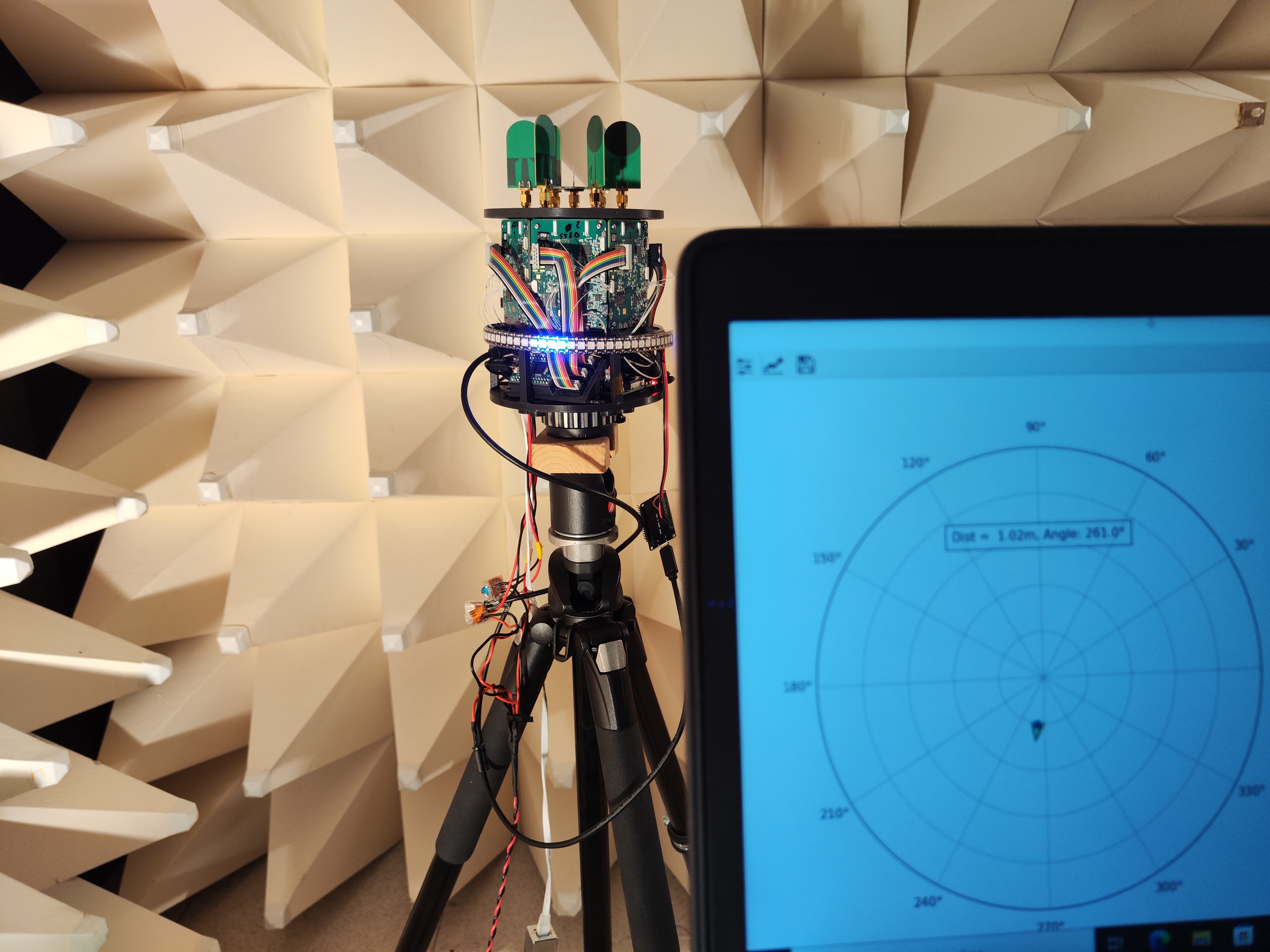Presentations
| 9:00 - 9:30 | Registration |
| 9:30 - 9:40 | Welcome Note by the Chairman of the Technical Committee, Prof. Dr.-Ing. María Dolores Pérez Guirao (Ostfalia University of Applied Sciences) |
| 9:40 - 9:50 | Welcome Note by the Organizers, Dr. Christopher Mutschler (Fraunhofer IIS) |
| 9:50 - 10:10 | Introduction to Radio-Based Positioning by Prof. Dr. Jörg Robert (Friedrich-Alexander University Erlangen-Nuremberg) |
Track 1: Radio-Based Positioning and Machine Learning
| 10:10 - 10:35 | Jochen Seitz (Fraunhofer IIS) - Radio Localization and Machine Learning in Applied Research |
| 10:35 - 11:00 | Joerg Schaepperle (Nokia Bell Labs) - General Aspects of Localization Development in Mobile Communications |
| 11:00 - 11:30 | Coffee Break |
| 11:30 - 11:55 | Dr. José A. del Peral-Rosado (Airbus) - Multi-Layer PNT Systems for Unified 6G Connectivity and Positioning |
| 11:55 - 12:20 | Dr.-Ing. Christoph Küpper (BMW Group) - Radio Localization and its Application in the Automotive Production at BMW Group |
Track 2: Integrated Communication and Sensing
| 12:20 - 12:45 | Prof. Dr. Norman Franchi (Friedrich-Alexander-Universität Erlangen-Nürnberg) - JCAS for Localization |
| 12:45 - 13:10 | Dr. Ing. George Yammine (Fraunhofer IIS) - JCAS - More than Radar |
| 13:10 - 14:40 | Lunch Break with Demonstrations |
Track 3: From Research to Practice
| 14:40 - 15:05 | Dr. Joachim Metter (IRPD) - Creating Value with Positioning |
| 15:05 - 15:30 | Uwe Richter (Ziehl-Abegg) - 5G Positioning in Action on the shop floor |
| 15:30 - 15:55 | Dipl. Ing. Georgios Karachos (Qualigon) - Application Presentation on JCAS |
| 15:55 - 16:20 | Dr. Johanna Geiß (Pelora) - Precise Indoor Positioning with Bluetooth Antenna Arrays |
| 16:20 - 16:50 | Wrap-Up Discussion |
| 16:50 - 17:00 | Closing Remarks by Dr.-Ing. María Dolores Pérez Guirao and Dr. Christopher Mutschler |
| 17:00 | End of the Event |





